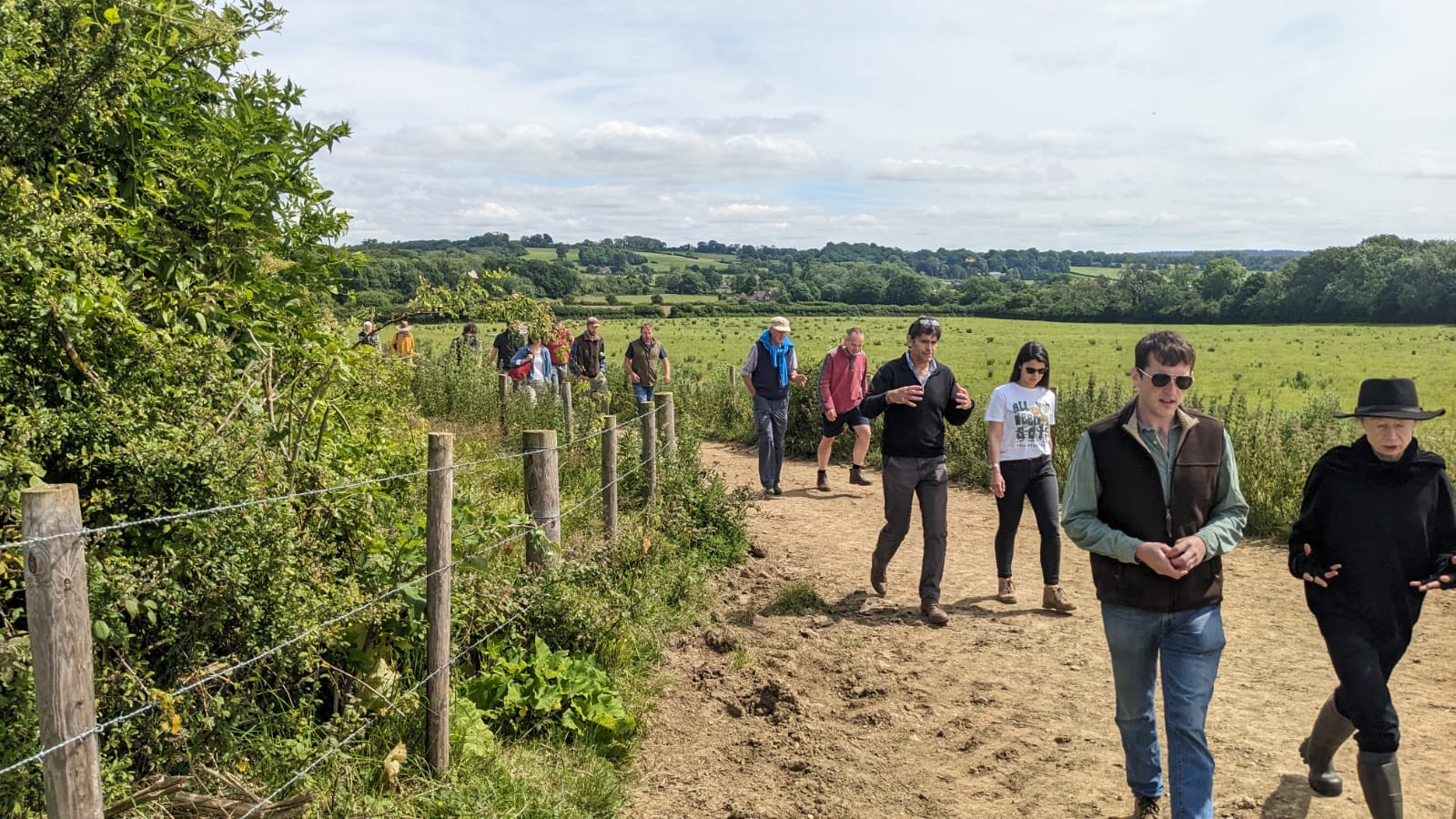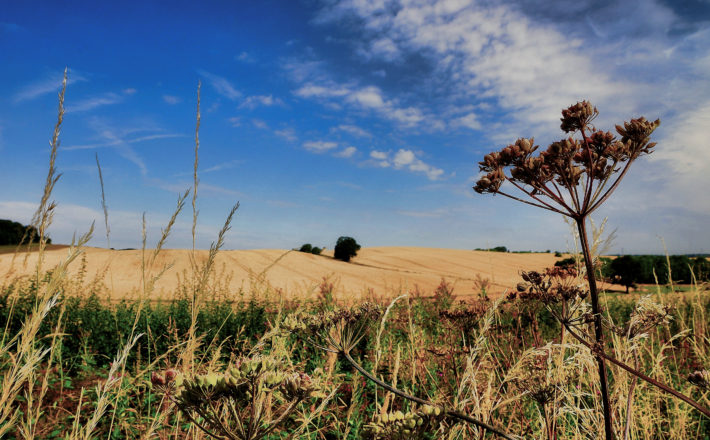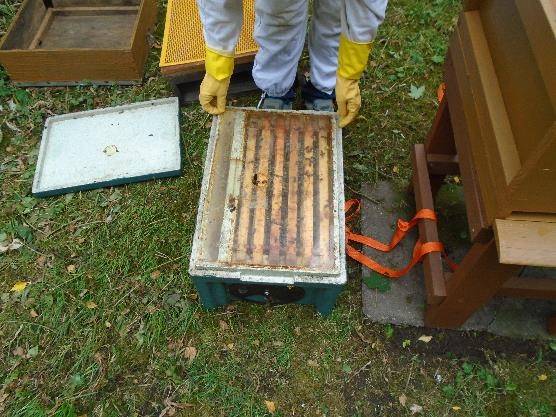Farming

Staffordshire is quite a varied county in terms of agriculture, from sheep in the Staffordshire Moorlands to soft fruit in the centre of the county, and potatoes, pigs, poultry, and arable crops in the south. The county is also home to half of all dairy units in the West Midlands.
With farmland making up two-thirds of our countryside, farming is responsible for so much more than the food we eat. We need to support farming that puts back habitats for wildlife, provides fresh air and clean water, stores carbon and looks after the landscapes that make our countryside so special.
Nationally, major changes are in store for agriculture following the launch of the government’s Agricultural Transition Plan 2021 to 2024. Direct payments will be phased out and replaced with a new system of Environmental Land Management schemes (ELMs).
County farms
For people without a farming background, county farms have long acted as a first step on the ladder. However, a recent CPRE report showed that Staffordshire lost 346 acres of county farm land from 2010-2018, and it was recently announced that seven more farms are set to be sold off.
In recognition of their value to rural communities, CPRE would like to see the introduction of legislation to stop the sale of county farms and to give them a new purpose. We’re calling on the government to introduce a package of measures and new funding to enable councils to enhance and invest in their estates and better promote them. We want county farms to be recognised locally and nationally for their potential to address climate change and deliver wider public benefits to communities.








